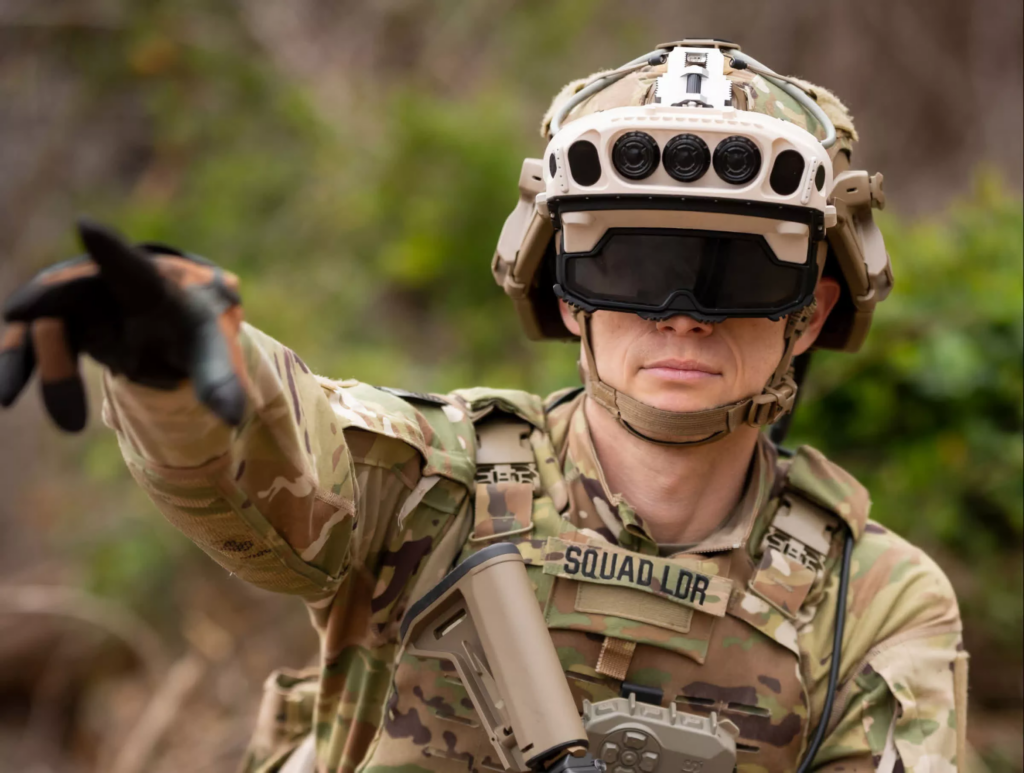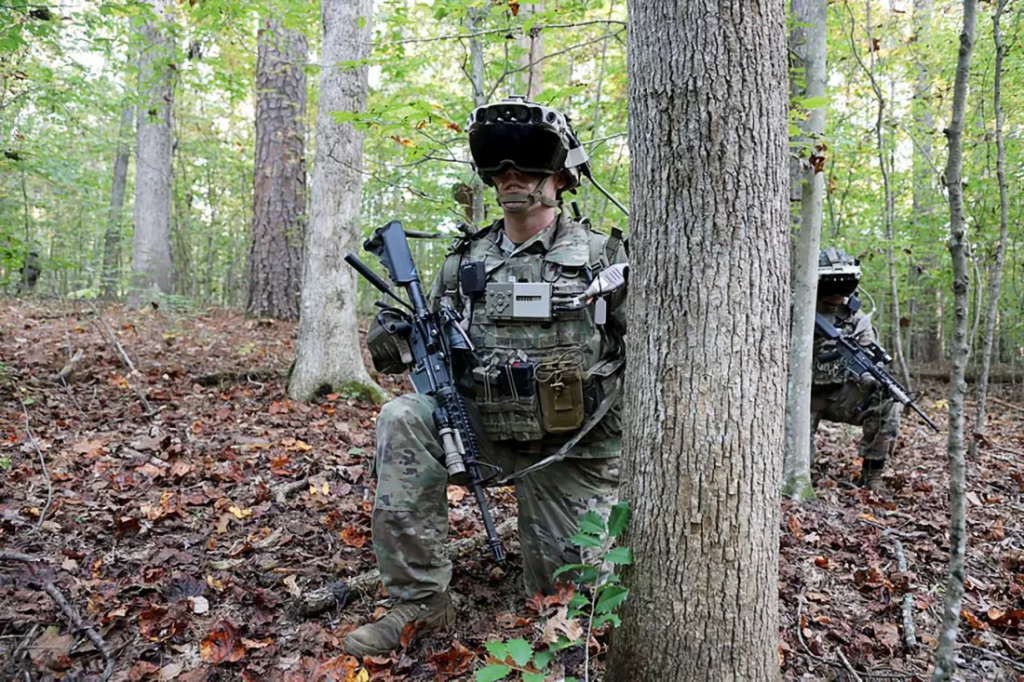HoloLens Price Reduction: Army’s Push for More Affordable Mixed-Reality Goggles

Understanding the Pressure on Microsoft regarding HoloLens Pricing
The U.S. Army has recently intensified its efforts urging Microsoft to reconsider the HoloLens price reduction. Currently, the advanced mixed-reality goggles are priced at an astonishing $80,000 each. The Army’s concern revolves around significant contract issues and pressing budget constraints that make the current pricing difficult to sustain.
What is HoloLens?
The Microsoft HoloLens is a revolutionary piece of augmented reality technology. It enables users to interact with holograms and digital data within their real environment. HoloLens transcends its image as just a gaming device; it offers remarkable applications across various sectors, including:
- Medicine: Assisting surgeons with detailed overlays during surgical procedures.
- Manufacturing: Aiding technicians in visualizing complex assembly processes more clearly.
- Training: Providing interactive training experiences for military personnel that enhance their skill sets.
Army’s Justification for Cost Concerns
The Army firmly believes that the price of the HoloLens goggles is excessive, particularly given that this technology is still evolving for military use. They point out that high costs are hindering a broader adoption of augmented reality training and tactics, which could significantly benefit troops on the ground.
Moreover, when analyzing the potential requirements for multiple units, the overall financial burden escalates rapidly. The Army aims to ensure that its investments yield substantial value and enhanced operational capacity.
Challenges Faced in Implementing HoloLens Technology
While the potential of mixed-reality technology is vast, the Army encounters several challenges in its quest to incorporate HoloLens into its operations. These challenges include:
- Budget constraints: Limited funding necessitates that every expense is critically evaluated.
- Integration issues: The complexity of ensuring HoloLens works smoothly with existing military systems presents significant hurdles.
- Training requirements: Implementing such advanced tools will require substantial training efforts for personnel to use them effectively.

Microsoft’s Response to the Army’s Concerns
In addressing the Army’s concerns, Microsoft has clarified that HoloLens aligns with its broader mission to innovate for military applications. The company underscores the crucial role HoloLens plays in enhancing situational awareness and improving decision-making in critical situations.
While Microsoft acknowledges the Army’s request for a HoloLens price reduction, it insists that the advanced features and capabilities justify the current pricing. The tech giant is actively collaborating with military leaders to explore viable alternatives, such as:
- Customization: Modifying features to meet the Army’s specifications, thereby boosting effectiveness.
- Bulk discounts: Providing price breaks on larger orders to mitigate costs.
Exploring Solutions for Future Collaborations
As discussions between the Army and Microsoft progress, several strategies may emerge to lower costs without sacrificing advancement in technology. These options could include:
- Phased Implementation: Rolling out HoloLens in stages to distribute financial implications over time.
- Alternative Funding: Identifying partnerships or grants that could help subsidize technology expenses.
- Research and Development: Teaming up with universities or tech startups to foster innovation at reduced costs.

The Future of HoloLens in Military Operations
The prospects for HoloLens within the military domain look encouraging, hinging on the results of ongoing budget discussions. If the Army and Microsoft can successfully negotiate a price that addresses fiscal concerns while retaining the innovative features of HoloLens, the potential advantages for military personnel could be revolutionary.
Some highlighted benefits include:
- Increased Efficiency: Streamlining operations through immediate access to real-time data.
- Enhanced Training: Providing superior preparedness through realistic simulated training environments.
These technological advancements may significantly transform military training methodologies and enhance operational readiness. As the military adapts its strategies, the collaborative efforts between the Army and Microsoft play a critical role in shaping future military capabilities. 🚀




0 Comments